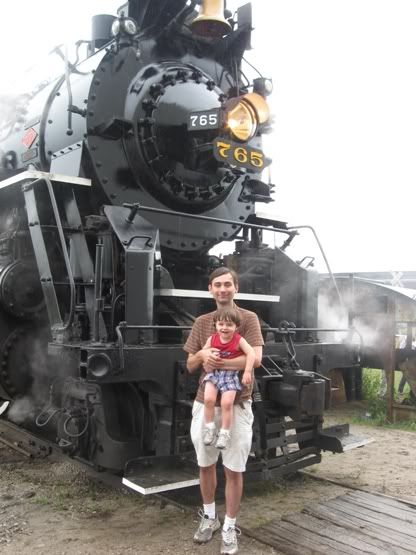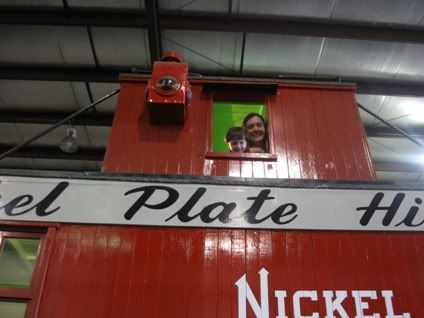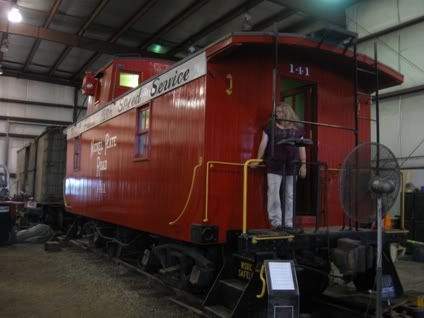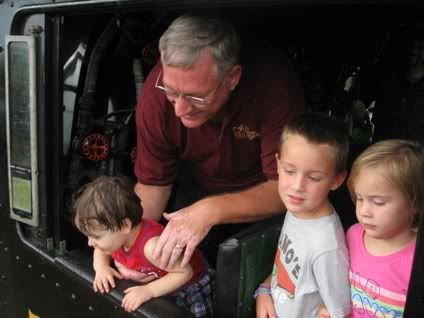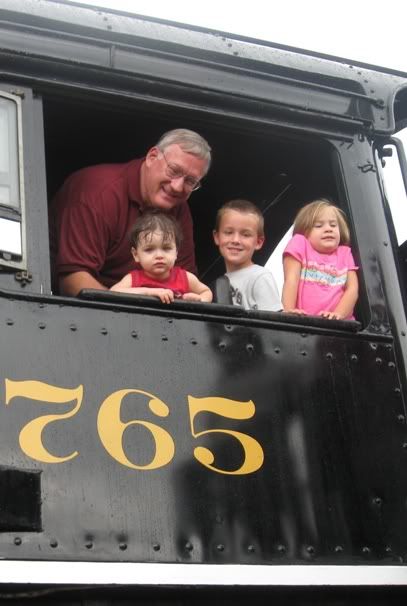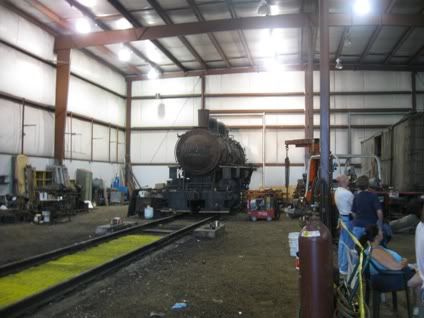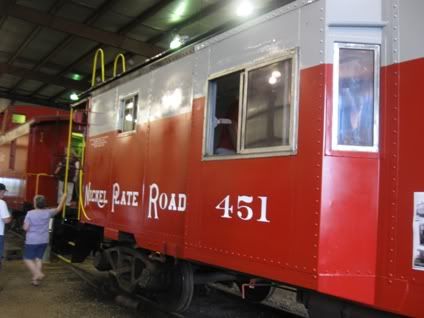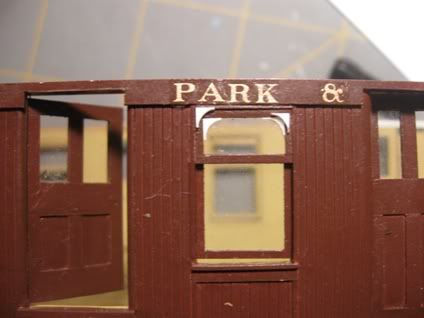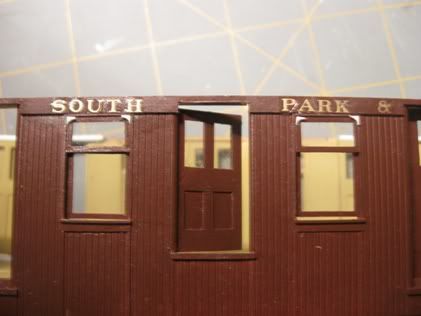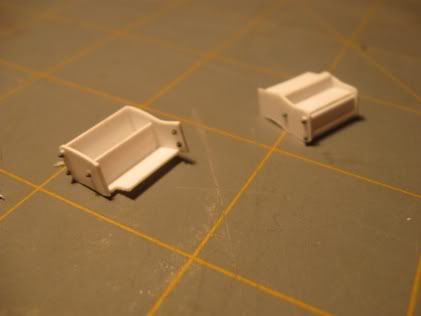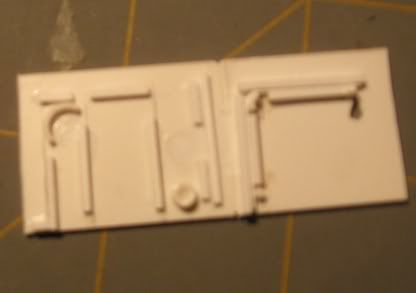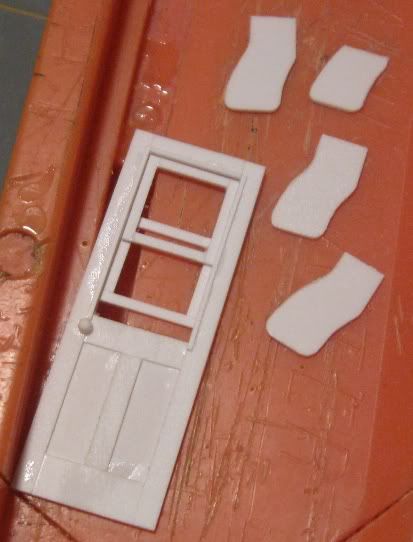Next week he will start on the Oahu Railway coaches. I don't know if he'll use any of my molds, but I don't expect this to delay their release. It is also quite likely that I'll be passing him my 23' Colorado Central flatcar patterns. They are nearly ready, so I'll make a big push this week to finish them up. I'll also try to get gondola sides for them ready and maybe even get something else ready. If I can sell enough to keep him interested, then I'll continue to be free to focus on bringing more kits to the market.
In other news, I will be starting a job on Monday. I'm quite excited as it is a very good fit for me: a good company, good co-workers, a good project, uses my master's degree, and will help me earn my Professional Engineer's License. No longer being forced to focus on school, the job search, and being a stay at home dad (less fun than it sounds), I'll have more mental freedom to pursue modeling. Thank God!
